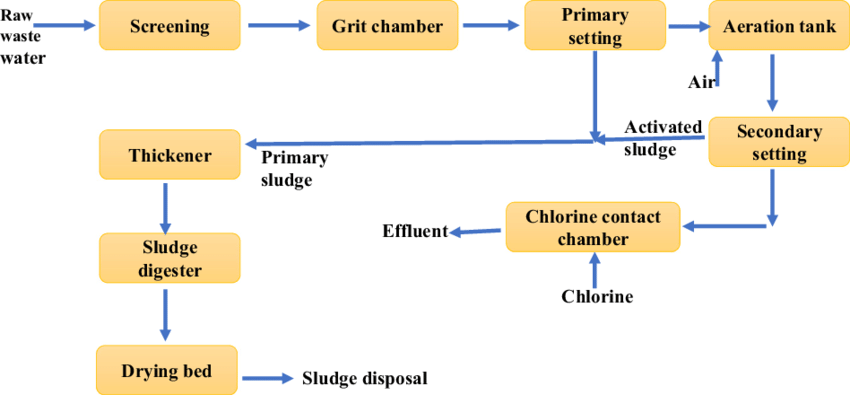5 Easy Facts About Reclaim Waste Explained
5 Easy Facts About Reclaim Waste Explained
Blog Article
The Reclaim Waste PDFs
Table of ContentsThe Best Guide To Reclaim WasteSome Known Details About Reclaim Waste Getting The Reclaim Waste To WorkWhat Does Reclaim Waste Mean?More About Reclaim Waste
Domestic sewer waste refers to the waste and products from a household septic tank. The proper monitoring and disposal of domestic sewer waste need fluid waste to be moved to a sewage therapy plant where the correct approaches and equipment are applied to cleanse and dispose of waste.
Industrial waste commonly consists of potential threats, such as combustible products or a blend of liquid and strong waste items, and requires an extra sophisticated and thorough disposal process. The disposal of commercial waste generally includes the filtering of waste prior to transportation to ensure safe and appropriate disposal. Hazardous waste is developed from byproducts and runoff of industrial processes and production.
This kind of waste can not utilize the very same sewer management transportation or processes as septic or commercial liquids. The hazardous waste monitoring process calls for the examination and testing of fluid waste prior to it undergoes the disposal procedure (liquid waste removal). Drainage waste is the liquid waste that originates from drainage and excess stormwater in extremely populated areas or cities
Drainage waste can cause contamination and flooding if not taken care of appropriately. Guaranteeing proper waste monitoring can stop disasters and decrease ecological injury.
Fascination About Reclaim Waste
Get in touch with PROS Solutions today to discover our waste administration and disposal services and the appropriate methods to take care of the fluid waste you produce.
(https://www.pubpub.org/user/leon-aube)This so-called 'wastewater' is not just an essential source but, after therapy, will certainly be launched to our land, rivers or the sea. Made use of water from toilets, showers, bathrooms, kitchen sinks, washings and commercial processes is known as wastewater.

water made use of to cool equipment or tidy plant and tools). Stormwater, a type of wastewater, is overflow that flows from farming and urban locations such as roofings, parks, yards, roadways, paths and gutters into stormwater drains, after rainfall. Stormwater flows untreated straight to neighborhood creeks or rivers, at some point reaching the sea.
The 10-Minute Rule for Reclaim Waste
In Queensland, a lot of wastewater is dealt with at sewer therapy plants. Wastewater is moved from residential or commercial sites with a system of sewage systems and pump stations, understood as sewerage reticulation, to a sewer treatment plant.
The Division of Natural Resources recommends city governments regarding managing, operating and preserving sewage systems and treatment plants. In unsewered areas, city governments might require owners to mount individual or house sewer therapy systems to deal with domestic wastewater from commodes, kitchen areas, restrooms and laundries. The Department of Natural Resources authorises using family systems when they are proven to be reliable.
In some brand-new class, treatment of some stormwater to remove trash, sand and gravel has actually begun utilizing gross toxin catches. Wastewater treatment takes place in four stages: Gets rid of strong matter.
Utilizes tiny living organisms knows as micro-organisms to break down and eliminate staying liquified wastes and fine bits. Micro-organisms and wastes are integrated in the sludge.
How Reclaim Waste can Save You Time, Stress, and Money.
Nutrient removal is not offered in any way sewer treatment plants because it requires pricey specialist devices. It is ending up being a lot more common in Queensland. Clear liquid effluent generated after treatment might still contain disease-causing micro-organisms. If this effluent is released right into waterways such as rivers or the sea, the micro-organisms will ultimately die out.

Many wastewater flows right into the sewerage system. Under the Act, neighborhood federal governments provide approvals and licences for ecologically relevant content tasks (Periods) entailing wastewater releases that may have a neighborhood effect.
The Ultimate Guide To Reclaim Waste
Tracking supplies accurate info regarding water high quality and can verify that licence conditions are being met. The info acquired with monitoring offers the basis for making water quality decisions.
Report this page